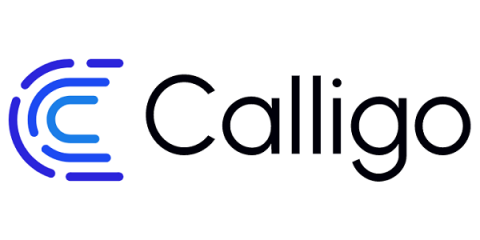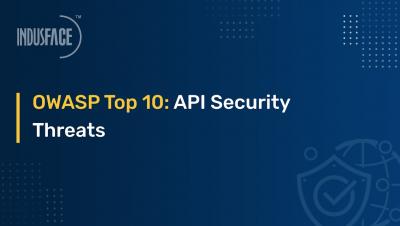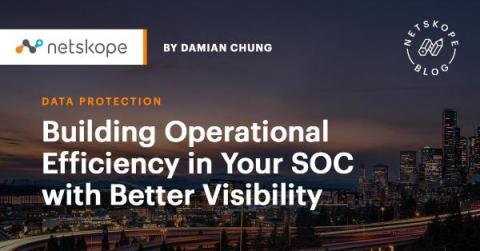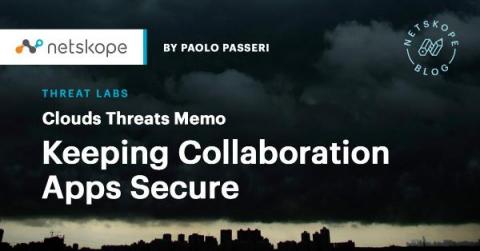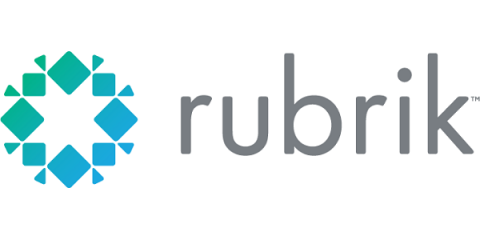DATA PRIVACY & AI: Is it even possible?
Now, there’s a loaded question. With so many preceding it: What do we mean by AI? Which aspects of what data are we referring to When it comes to AI? Are ethical practices universal? So, here are a few things to consider.


